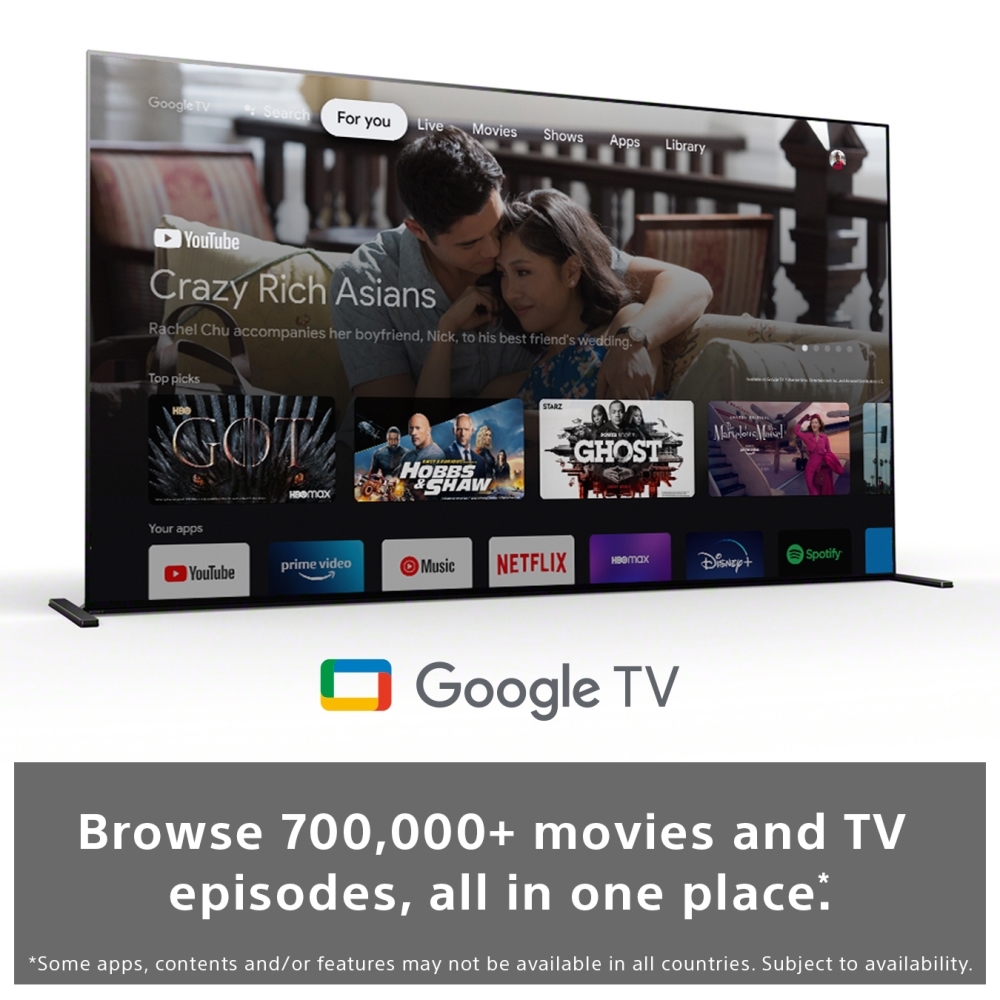
Sony X90J (Image credit: Sony) Sony A90J vs Sony X90J: design and specs
Tv sony a90j tv#
Though there are other things to keep in mind before jumping the gun on a high-end OLED TV purchase. You will be getting a better picture with the A90J, there's no doubt about that. Without a need for a backlight, OLED TVs tend to be a lot slimmer, too – which is why the A90J measures in at just 41mm depth, while the X90J is a thicker 70mm. Each pixel can be individually controlled or turned off entirely, making for stark (or even 'infinite') contrast between light and dark areas of the screen, and generally more cinematic images. OLED panels, meanwhile, are self-emissive, meaning they produce their own light. (Very cheap models might use 'edge lighting', where images are illuminated from the sides instead, but that's not a concern here.)

LCD-LED screens are more common, being a cheaper technology that mixes an LCD panel with an LED backlight illuminating it from behind. These are entirely different panel types. Sony releases a mix of both OLED and LCD screens, with the former using an 'A' at the start of the product name (as in 'A90J'), while those with an LCD panel use 'X' (as in 'X90J'). The biggest disparity between the A90J and X90J is the OLED panel utilised by the former. Sony A90J OLED (Image credit: Sony) Sony A90J vs Sony X90J: OLED or LCD? That 83-inch OLED TV size is new for 2021, too, currently only applying to the A90J and the LG C1, though we expect to see it come to more screens down the line.

You're paying about half the amount for the X90J at an equivalent size, then.

Speaking of which, the X90J, starts at a much more affordable $1,299 / £1,149 / AU$1,895 for its smallest 50-inch size. It skips out on a 77-inch model entirely, so anyone after something in that area will have to opt for the X90J. The step-down Sony A80J OLED costs the same as LG's 2021 flagship, the G1 OLED, for instance. You're usually paying a 10-20% price premium over an equivalent LG OLED TV, for example – which isn't to say that Sony TVs are overpriced, but that the overall package of picture and sound quality they offer makes them pricier than some other models.


 0 kommentar(er)
0 kommentar(er)
